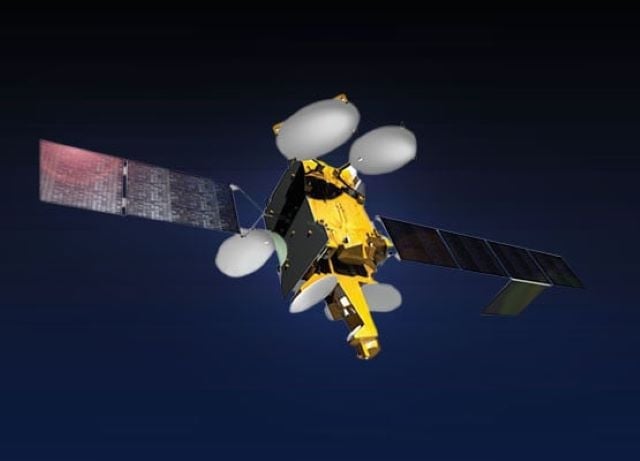PakSat MM-1, Pakistan’s second communication satellite, was launched into orbit on Thursday from China’s Xichang Satellite Launch Center (XSLC). Dr Khurram Khurshid, Head of the Electrical Engineering Department at the Institute of Space Technology (IST), said it would provide communication services.
The satellite will provide communication services like broadband internet, TV broadcasting, media, and telecommunication. It will play an important role in promoting economic activities besides e-commerce and e-governance Dr Khurshid said.
The satellite launched by the Pakistan Space and Upper Atmosphere Research Commission (SUPARCO) with the support of China under the National Space Programme-2047 is expected to be the stepping stone towards regaining the past glory of launching its first rocket in space in the 1960s.
On July 7, 1962, Pakistan launched the first rocket known as Rehbar-I in space a two-staged solid fuel rocket that made the country first in the Islamic world, third in South Asia, and 10th in the entire world to launch a vessel into outer space.
However, the country could not keep up with the exemplary initiative taken in the 1960s apparently due to a lack of political will or paucity of resources – lagging behind in this race. But now once again it has embarked on this journey to push the country forward into the modern digital world.
For now, Pakistan achieved the goal of sending its satellite to space in collaboration with other countries. But, days are not far off when it will send its own independent mission to space Dr Khurshid said. Engineers and the SUPARCO team are making concerted efforts to materialize this dream he added.
Dr Khurshid emphasized the need to educate the new generation on space technology traits, its applications, and usage for national development. The country needs more engineers, technicians, and experts in this field.
PakSat MM1 Satellite
The PakSat MM1 satellite project was conceived to meet the country’s growing needs for a broad spectrum of communication and connectivity. This project is a hallmark of technological cooperation between China and Pakistan.
Based on advanced communication technologies, the satellite will digitally transform Pakistan by contributing to establishing a sophisticated communication network to meet the growing demand of the telecom sector, high-speed internet, and seamless connectivity.
This high-power multi-mission satellite will provide communication services in C, Ku, Ka Bands and SBAS services in L Band and various communication services like broadband internet, TV broadcasting, mobile bank hauling, and VSAT connectivity, SUPARCO said in a statement.
The primary objective of launching the PakSat MM-1 satellite is to strengthen Pakistan’s communication infrastructure and broaden the horizons for connectivity, serving the un-served tele-education, e-health/telemedicine, e-governance and e-commerce, Dr Usman Iftikhar, MM-1 Project Manager said.
As communication infrastructure plays a pivotal role in any country’s progress, therefore, we hope this satellite will improve connectivity to the country’s remote areas. This is a communication satellite successfully sent to Geostationary Orbit,” he added.
This advanced satellite, developed by Pakistani scientists and engineers, marks a major step forward in the nation’s aspirations to enhance connectivity across all regions. After a recent successful lunar mission, the introduction of Paksat MM1 reflects the nation’s growing expertise in space technology.
With its deployment, we hope to address the issues of the digital divide in different regions and improve TV broadcasting, cellular phone, and broadband service across Pakistan. Its service would start in August SUPARCO Director Atiqur Rehman said.
Earlier, Pakistan’s historic lunar mission iCube-Qamar (ICUBE-Q) was launched on May 3 onboard China’s Chang’E6 from Hainan with this satellite mission marking Pakistan’s first lunar exploration effort and a significant milestone for the country’s space endeavors.
The iCube-Q was designed and developed by the IST Electrical Engineering Department in collaboration with China’s Shanghai University and SUPARCO. Weighing about 7kg, the satellite successfully captured and transmitted its inaugural images from lunar orbit, providing a unique perspective of the moon’s surface.
According to SUPARCO, three types of satellites are essential for any country communication, remote sensing and reconnaissance, and navigation. What we need is a targeted approach, result-oriented policies, and a conducive environment for our geniuses to flourish it added.







